10 Ways to Create a Feeling of Extra Space in a Small Living Room
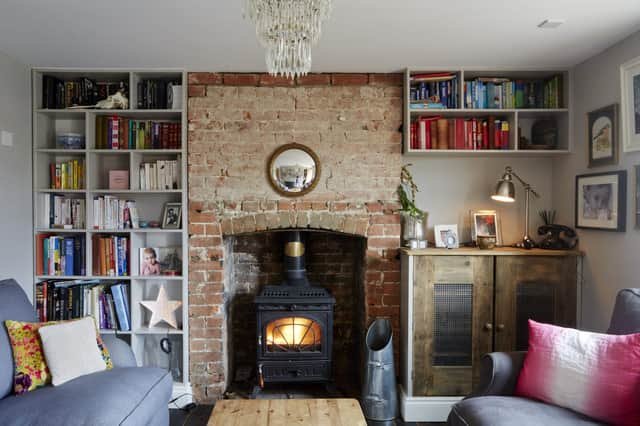

Compact living rooms are lovely. They’re cosy and warm and you can’t help but feel comfortable in them, in a way that’s impossible in vast open spaces. However, they do offer a few challenges, and everything can feel crammed in if the design isn’t right. Follow these ideas to enhance the space, and make yours a small, beautiful room to be proud of.
Choose a pale colour scheme
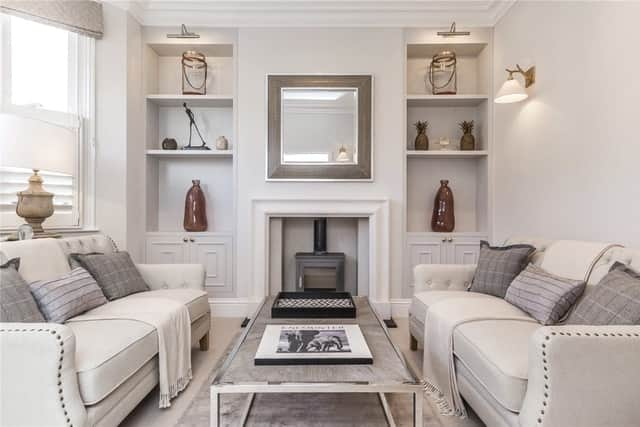

If you want your room to look permanently calm and uncluttered, stick to a pale and neutral colour palette. The room will feel relaxing, as there will be nothing to jar your view when you sink down onto the sofa.
To prevent the room from becoming too bland, introduce textures and interesting woven fabrics. Tweed, chenille, velvet and sheepskin are all good options, as they add tactile interest without taking over.
Layer artwork for a gallery feel
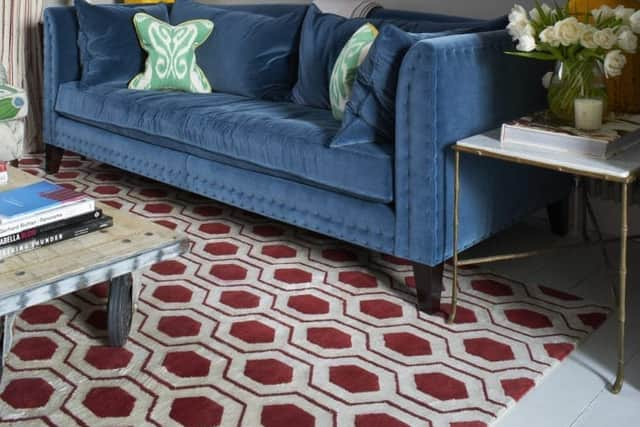

A lack of wall space can be problematic if you have a lot of photos and pictures you’d like to display. Rather than hang one or two pictures on the wall above the sofa, fit narrow ledges instead. You can rest a mixture of frame sizes on top, and overlap them to create really interesting display.
Picture ledges are widely available, but if you want a particular size, they’re easy to make yourself. Cut lengths of wood to size and simply glue or pin them together. Apply a couple of coats of paint and screw them to the wall. The ledge on which the pictures sit should be around 10cm deep, so that the pictures can lean back against the wall. The front edge should be about 3cm to keep them in place. When you’re fitting your ledges, check that the lower one is high enough for the tallest member of the household to lean back without hitting their head.
Go up if you can
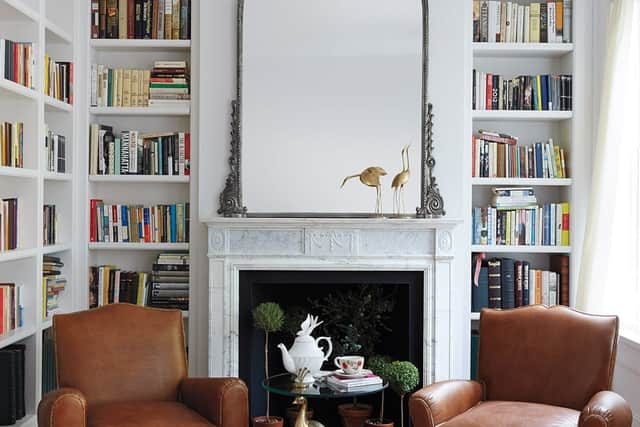

Make full use of the vertical space by fitting floor-to-ceiling shelving units. It will encourage the eye to travel upwards, and make the room feel taller and airier. It also provides copious storage and allows you to keep everything off the floor.
To achieve this you could ask a carpenter to build you bookcases that fit perfectly. Alternatively, you can buy some DIY versions and fill in as much space as possible, leaving as few gaps as you can.
Another option is to buy kitchen larder units, as they are often taller than other storage furniture. Make sure the depth of the shelves is around 30cm, or the same size as the alcove. You could even attach doors to the lower half for some concealed storage.
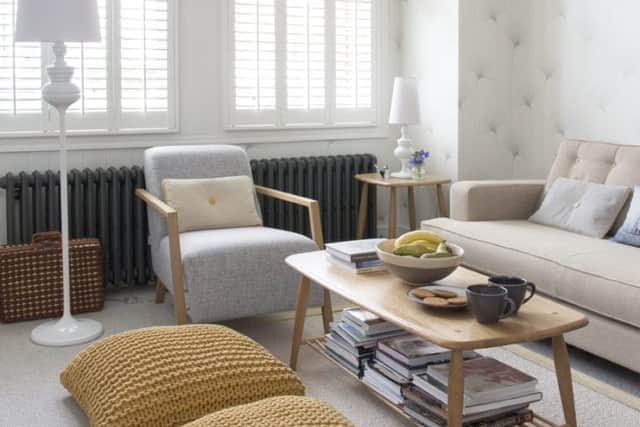

Introduce simple lines
When furniture is streamlined and open, it allows you to see the space around it and makes the room appears larger. The retro-style furniture here, with its simple lines, allows the eye to travel around the room without getting stuck on anything in particular. The floor lamp is a clever choice too as the pure white disappears into the shutters behind, and the overall pale colour scheme is warm yet unchallenging.
To get this look, try to lift things off the floor so there are no visible obstacles, and keep it uncluttered by putting objects such as magazines in a basket or under the table.
Go round the corner
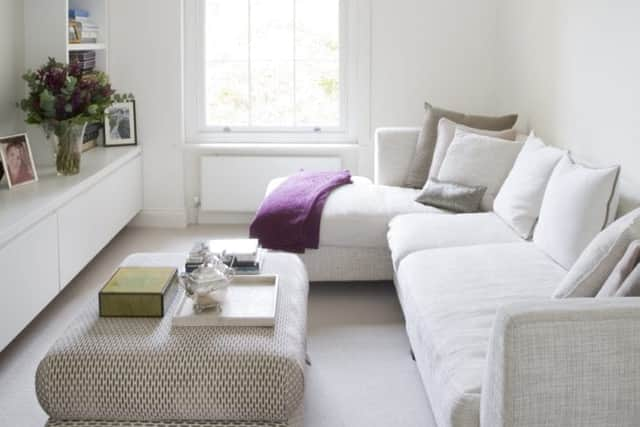

Small rooms are usually arranged with a unit on one side, and the sofa on the other, which creates a corridor effect. An L-shaped sofa is often dismissed as impossible in a tiny living room, but this shows how it can work. The compact sofa design in a neutral colour actually adds to the look of the room, and doesn’t dominate the space at all. The sofa’s shape makes the width of the room appear more generous and is helped by the ample space around the footstool.
The room is a success because all the elements are roughly the same colour, so nothing creeps inwards to make the room feel smaller. The white walls and furniture are light and bright,and each element blends with its surroundings.
Make it cosy when there’s no sofa
Sometimes it’s hard to find space for a sofa, especially when there are several doors in and out of the room. An alternative is to create a cosy area in the centre of the room with two armchairs. This will allow plenty of space behind for easy access to the doors.
Here the colour scheme is kept simple, with the leather of the chairs a similar tone to the floor. Mismatched or brightly coloured chairs would also work, and you could tie them together with matching cushions. Make sure there’s a flat surface nearby to rest a cup of tea or coffee.
Keep it symmetrical
In a small space, an ordered design can make the room appear neat and organised. Symmetry is an easy way to achieve this. Here, the room’s most important elements have been arranged symmetrically. The space feels balanced and your eye moves from one side of the room to the other, which makes it look bigger.
To prevent the layout from looking too structured, cheerful yellow elements highlight the opposite corners of the room.
Be brave with an eclectic look
If your living room is in an area of an open-plan room, use your décor to zone the space and don’t be afraid to mix it all in. The sofa area here has a wonderfully eclectic look. There is a great deal crammed into a small space, but it doesn’t look overwhelming.
The area is zoned off from the space around with wood panelling, but wallpaper in this design is readily available, and much easier for a DIY-beginner to fit than timber planks. The sofa is a similar tone to the wood, which grounds the décor, while a gallery wall looks great above. The collection of prints is visually linked by using the same frame on all of them, and the cushions on the sofa echo the colours of the artwork to tie it all together. Yes it’s busy, but I think it looks like a really welcoming place to sit and have a cuppa.
Divide vertically
This small room has an interesting design as there are two main colours – white and dark grey – and they bisect the room vertically. The sofas sit below the window and the L shape creates a dark corner. This is echoed on the opposite side with a shaded fireplace. The floor too is dark, so the entire lower half of the room is pretty much one hue. In contrast, the upper space is bright and white, and apart from a wall light, completely undisturbed.
The room shows how to keep things simple with two contrasting tones. The bright cushions and throw are a great addition to prevent the design from looking severe.
Enhance a cosy cottage room
This room is a glorious example of how period features and quirky elements can make a space feel cosy. The focal point is the exposed brick fireplace and log-burning stove, while the alcoved storage keeps everything neat and tidy. The staggered shelf layout on the left adds a contemporary element, while the high level shelf on the right creates some symmetry. The result is a space that feels both snug and uncluttered.